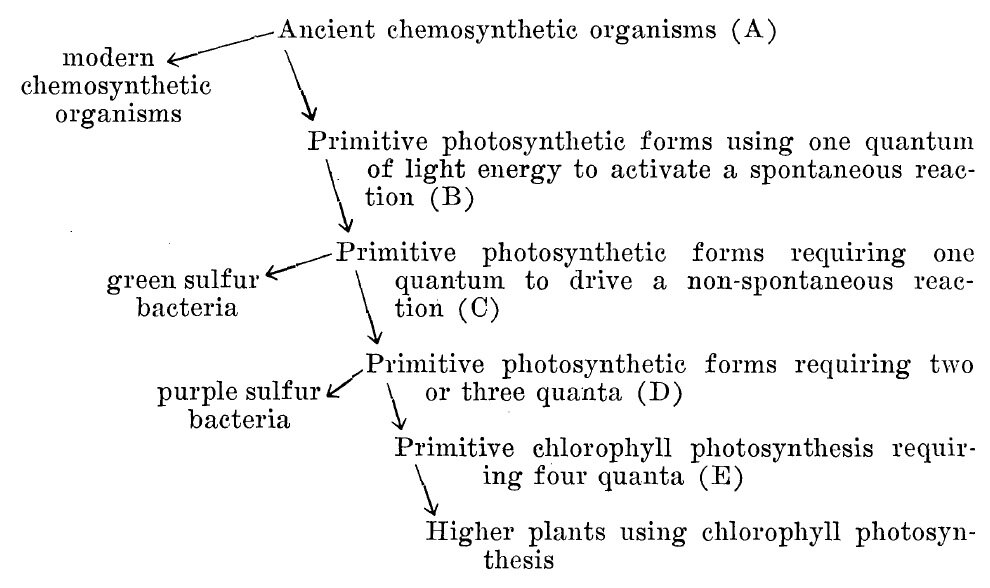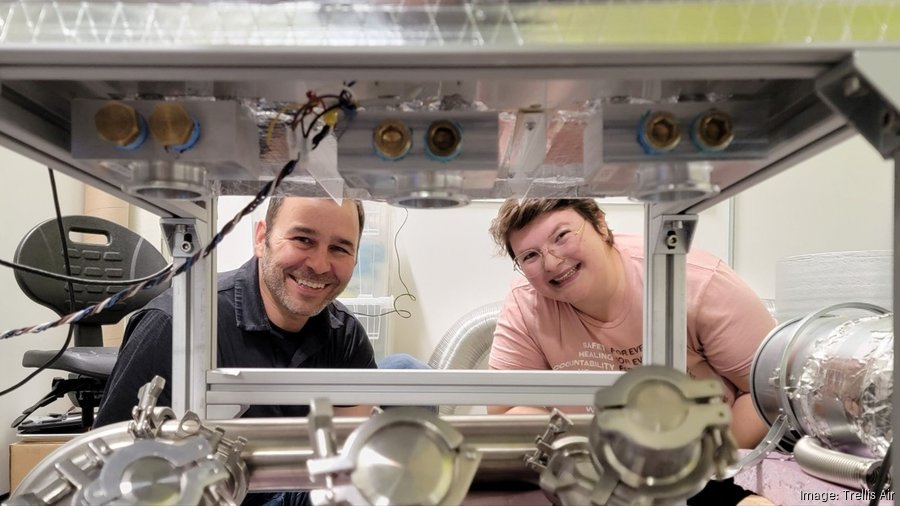MicroRNA research has emerged as a groundbreaking field in molecular biology, transforming our understanding of gene regulation and its implications for health and disease. Pioneered by Gary Ruvkun and Victor Ambros in the early 1990s, this research unveiled the crucial role of tiny RNA molecules in regulating gene expression, a discovery that ultimately earned them the Nobel Prize in physiology or medicine in 2024. Funded largely by National Institutes of Health (NIH) grants, microRNA studies have led to advancements in RNA therapeutics, offering new hope for treating diseases such as cancer and heart disease. As we delve deeper into this fascinating domain, it becomes evident that these small but mighty molecules are central to the complex mechanisms of life, affecting the way organisms develop and function. The journey from initial skepticism to widespread acceptance has ignited a passion among scientists and researchers, catalyzing a new era of discoveries in genetic science.
The exploration of small non-coding RNA, commonly referred to as microRNA, represents a frontier in genetic research with vital implications for human health. This significant scientific domain originated with the pivotal discoveries made by Gary Ruvkun and Victor Ambros, who unveiled the nuanced ways in which these molecules influence gene activity. Their groundbreaking work, which has been primarily underpinned by substantial NIH funding, has opened avenues for innovative RNA-based therapies aimed at various diseases affecting millions globally. As researchers continue to unearth the complex interactions of microRNAs within cellular contexts, the potential for developing targeted treatments becomes increasingly promising. This evolving landscape in RNA biology not only highlights the significance of fundamental research but also underscores the critical need for ongoing investment in scientific exploration.
The Evolution of MicroRNA Research
MicroRNA research has drastically evolved since its inception in the early 1990s, particularly following Gary Ruvkun’s groundbreaking discovery. Initially met with skepticism, Ruvkun and his collaborator Victor Ambros’s findings about microRNAs as regulators of genes unveiled a new chapter in genetic research. This small but powerful class of RNAs initially captured the interest of a niche community, particularly those engaged with C. elegans, signaling the beginning of a scientific revolution. As the years progressed, the significant role of microRNAs in gene regulation became undeniable, shedding light on their functions in higher organisms and paving the way for extensive research across diverse biological fields.
The journey of microRNA research underscores the importance of persistent inquiry and interdisciplinary collaboration. Over the decades, the scientific community has witnessed an exponential increase in interest, leading to major advancements in understanding the RNA’s mechanisms and impacts on development and disease. The recognition that approximately 1,000 microRNAs exist within the human genome, responsible for regulating most protein-producing genes, has established them as critical entities in molecular biology. This research narrative emphasizes how initial discoveries can ignite broader scientific discussions and innovations, setting the stage for future breakthroughs.
The Impact of NIH Funding on Scientific Breakthroughs
The National Institutes of Health (NIH) funding has played a pivotal role in Gary Ruvkun’s research journey, illustrating the importance of governmental support for scientific advancements. For over 40 years, Ruvkun’s lab has benefitted from federal funding, which has not only sustained his research initiatives but also fostered a conducive environment for innovation. Ruvkun’s assertion that around 75% of his funding comes from government sources highlights a crucial aspect of biomedical research; such funding is instrumental in driving discoveries that eventually lead to the development of innovative therapies. Without this support, many significant findings, including those related to microRNAs, might have remained unexplored.
Moreover, Ruvkun’s emphasis on the relationship between adequate funding and the potential for transformative medicine showcases the broader implications of federal investment in science. As therapies based on microRNAs enter clinical trials for various conditions, including heart disease and cancer, the direct benefits of sustained NIH funding become evident. This underlines a vital narrative for policymakers: investment in scientific research is not merely expenditure; it catalyzes essential developments that enhance public health and strengthen the economy. Without robust support for scientific inquiry, future Ruvkuns may be discouraged from pursuing research, adversely affecting innovations that can save lives.
microRNA: A Gateway to RNA Therapeutics
The discovery of microRNAs has opened up exciting new avenues in the field of RNA therapeutics, particularly in the treatment of complex diseases. The ability of these small RNA molecules to regulate gene expression allows scientists to harness them for therapeutic purposes, with ongoing clinical trials targeting conditions such as Alzheimer’s, cancer, and heart disease. Ruvkun’s pioneering work has played an instrumental role in this shift, propelling RNA therapeutics from experimental concepts to practical applications. This growing focus on microRNAs represents a shift toward precision medicine, where treatments can be tailored to the genetic profiles of patients.
As research progresses, the potential for microRNA-based therapies continues to expand, fundamentally changing the landscape of how diseases are approached and treated. Pharmaceutical companies, inspired by the foundational research in microRNA, now actively seek to develop RNA interference therapeutics that leverage these biological mechanisms. The success of such innovations not only relies on the initial groundbreaking discovery but also on sustained investment in research facilitated by government funding bodies like the NIH. The promise of RNA therapeutics signifies not just a scientific evolution, but hopeful prospects for patient care and outcomes in the future.
The Future of Genetic Research: Opportunities and Challenges
Looking ahead, the future of genetic research, particularly concerning microRNA and gene regulation, holds both exciting opportunities and profound challenges. With advances in technology and a greater understanding of RNA biology, scientists are better equipped to explore the complexities of gene regulation and its implications in health and disease. However, as Gary Ruvkun points out, the landscape of scientific funding is precarious. Challenges such as reduced governmental support could impact not only burgeoning research areas like microRNA but also the broader field of genetic studies that rely on stable funding solutions to drive discoveries.
Moreover, as more researchers recognize the potential of microRNA in medicine, a collaborative approach across disciplines will become essential. This requires fostering connections between molecular biologists, geneticists, and therapeutic developers to translate basic research into clinical applications effectively. While the prospect of leveraging microRNA in personalized medicine is promising, addressing the funding complexities and ensuring that the next generation of scientists are equipped and supported to continue the work of pioneers like Ruvkun is critical for sustaining momentum in this transformative field.
The Role of MicroRNA in Disease Mechanisms
MicroRNA plays an integral role in understanding disease mechanisms, particularly through its involvement in gene regulation pathways that dictate protein production and cellular function. The discovery that microRNAs can silence genes has provided insights into how dysregulation can lead to various disorders, including cancers and metabolic diseases. Researchers are actively investigating the specific roles these tiny molecules play in pathophysiology, with the hope of identifying biomarkers for early detection and potential therapeutic targets.
Recent studies have shown that alterations in microRNA expression can significantly affect tumor behavior, influencing proliferation, migration, and apoptosis. As more is understood about these mechanisms, the potential for utilizing microRNA as therapeutic agents becomes increasingly viable. Developing therapies that can mimic or inhibit microRNA functions offers a novel avenue for intervention in diseases typically considered difficult to treat, thus highlighting their importance in modern medical research and the future of effective therapeutic strategies.
Navigating the Ethical Landscape of MicroRNA Research
The advancement of microRNA research also brings forth ethical considerations that require careful navigation. As scientists uncover the vast implications of manipulating these tiny RNA molecules, questions surrounding their use in therapy, particularly regarding genetic modifications, arise. Ethical dilemmas encompass issues related to consent, potential long-term effects, and the ecological impacts of manipulating gene functions in organisms. As with any profound scientific breakthrough, ensuring that ethical frameworks are established alongside innovations is paramount to maintaining public trust and guiding responsible research.
Emphasizing ethical standards in microRNA research fosters a culture of accountability and responsibility among scientists. As Ruvkun and his peers continue to explore the therapeutic possibilities of microRNAs, it is essential that guidelines are developed to address these emerging ethical challenges. Engaging with bioethicists, policymakers, and the public can help create a comprehensive dialogue about the implications of microRNA technologies, ensuring that advancements not only reflect scientific excellence but also uphold moral and societal values.
The Interdisciplinary Nature of RNA Research
The journey of microRNA research exemplifies the interdisciplinary nature of modern scientific inquiry. Initially rooted in molecular genetics and developmental biology, this field has since drawn interest from various domains, including computational biology, pharmacology, and bioinformatics. Collaborations between experts in these fields are pivotal in unraveling the multifaceted roles of microRNAs and their potential applications in medicine. By bridging perspectives from different disciplines, researchers are better equipped to tackle complex biological questions and foster innovation.
Moreover, interdisciplinary approaches enhance the ability to translate basic research into clinical practice. Ruvkun’s collaborative ethos, which has developed amidst the expanding RNA research community, has facilitated crucial exchanges between disciplines, leading to innovative advancements in RNA therapeutics. Such collaborations not only enrich the scientific discourse but also enhance training opportunities for emerging scientists, equipping them with diverse skill sets and perspectives necessary for navigating the complexities of contemporary research challenges.
The Significance of Basic Research in Science
Basic research, as championed by Gary Ruvkun, is fundamental to the advancements seen in microRNA research and beyond. It lays the groundwork for applied sciences and underscores the necessity of investigating core biological questions without immediate commercial applications. The discovery of microRNA exemplifies how basic research can lead to transformative knowledge, providing the foundation for exciting therapeutic possibilities in the years that follow its initial discovery. Ruvkun argues that maintaining a commitment to basic research is essential for ensuring long-term scientific progress.
Moreover, ongoing investment in basic research fosters a culture of curiosity and exploration that is critical for future innovations. The breakthroughs in microRNA research demonstrate that foundational discoveries can lead to applications that significantly impact society, reinforcing the importance of continued funding for scientific inquiry. As we navigate a rapidly changing world, supporting rigorous basic research promises to unlock new potentials in medicine, technology, and our understanding of biology, ultimately benefiting humanity.
Celebrating Milestones: The Nobel Prize and Its Implications
Receiving the Nobel Prize for the discovery of microRNA serves as a landmark achievement, not only for Gary Ruvkun and Victor Ambros but for the entire scientific community focused on genetic research. This honor amplifies the significance of their findings, demonstrating how transformative insights into gene regulation can alter our understanding of biology and open new avenues for research and therapy. The recognition also highlights the role of collaborative and sustained effort in scientific discovery, showcasing that significant breakthroughs often emerge from years of meticulous investigation and perseverance.
The implications of receiving such prestigious honors extend beyond individual accolades, impacting research funding and public interest in science. It can catalyze new initiatives aimed at exploring similar areas of research, ultimately benefiting the scientific community and enhancing the dialogue surrounding genetic therapies and their potential. Celebrating milestones like the Nobel Prize serves not only as recognition of past achievements but also as a rallying point for future endeavors in inspiring the next generation of scientists in the exciting field of RNA research.
Frequently Asked Questions
What is the significance of Gary Ruvkun’s discovery of microRNA in gene regulation?
Gary Ruvkun’s discovery of microRNA in the 1990s opened up new avenues in gene regulation, as these small RNA molecules play crucial roles in how genes are expressed and proteins are produced. His work, which ultimately earned him the Nobel Prize, highlights the fundamental mechanisms that govern cellular processes in both simple organisms like C. elegans and complex ones like humans.
How has NIH funding contributed to advancements in microRNA research?
NIH funding has been pivotal in advancing microRNA research. Gary Ruvkun’s work and that of his colleagues received consistent federal support, enabling them to explore the functions and implications of microRNAs in gene regulation. This financial backing has fostered significant discoveries and has helped position the U.S. at the forefront of RNA research.
What therapeutic applications are being explored related to microRNA?
Therapies based on microRNA are being investigated for a range of diseases, including heart disease, cancer, Crohn’s disease, and Alzheimer’s disease. Clinical trials are currently underway to explore how microRNA can be utilized in RNA therapeutics, showcasing their potential in treating various health conditions.
Why did microRNA research initially struggle for recognition in the scientific community?
Initially, microRNA research struggled for recognition because the implications of Ruvkun and Ambros’s discoveries were not immediately understood by the broader evolutionary biology community. The significance of gene regulation via microRNAs was unclear, and it took years of continued research and growing evidence of their importance in multiple species, including humans, to gain wider acceptance.
How do microRNAs impact human health and disease?
MicroRNAs are crucial in regulating approximately 1,000 genes in the human genome, impacting health and disease by modulating protein synthesis. Their dysregulation is associated with various conditions, including cancer and neurodegenerative diseases, making them a focal point for research and therapeutic interventions.
What role does Gary Ruvkun believe basic research plays in the economy?
Gary Ruvkun believes that basic research is essential for driving innovation and economic growth. He credits federal funding for contributing to the rise of significant biotech companies, emphasizing that basic science underpins much of the applied technology and advancements present in the economy today.
What are the future prospects of microRNA research in clinical settings?
The future prospects of microRNA research in clinical settings are promising, with ongoing studies evaluating their potential in RNA therapeutics for a variety of diseases. As understanding of microRNA functions expands, it could lead to breakthroughs in precision medicine and targeted therapies that improve patient outcomes.
How have perceptions of microRNA research changed since its discovery?
Perceptions of microRNA research have significantly evolved since Gary Ruvkun and Victor Ambros’s discovery in the 1990s. Initially met with skepticism, interest in microRNAs has grown dramatically as their fundamental role in gene regulation has been recognized, leading to applications in therapeutics and a burgeoning field of study in RNA biology.
| Key Point | Details |
|---|---|
| Initial Discovery | Gary Ruvkun and Victor Ambros discovered microRNA in 1992, which earned them the 2024 Nobel Prize in Physiology or Medicine. |
| Publication and Early Reception | Their findings, published in Cell in 1993, did not initially impress the evolutionary biology community. |
| Growing Interest | Interest in RNA research, particularly microRNA, steadily grew, eventually attracting a wider audience. |
| Role in Gene Regulation | MicroRNAs are critical in gene regulation, affecting how organisms develop and function. |
| Therapeutic Research | Currently, therapies based on microRNAs are in clinical trials for multiple diseases, including cancer and Alzheimer’s. |
| Impact of Federal Funding | Ruvkun’s lab has predominantly relied on federal funding, highlighting its importance for scientific advancement. |
| Concerns Over Funding Cuts | Ruvkun stresses the importance of sustained investment in scientific research to prevent a talent drain. |
Summary
MicroRNA research has come a long way since Gary Ruvkun and Victor Ambros first discovered it in 1992, culminating in recognition through the prestigious 2024 Nobel Prize. This field has evolved from minimal acknowledgment to a cornerstone of understanding gene regulation, with significant implications for health and disease treatment. The sustained federal funding has not only supported groundbreaking discoveries but has also played a pivotal role in building a robust scientific community dedicated to advancing our knowledge of genetics and developing innovative therapies.



